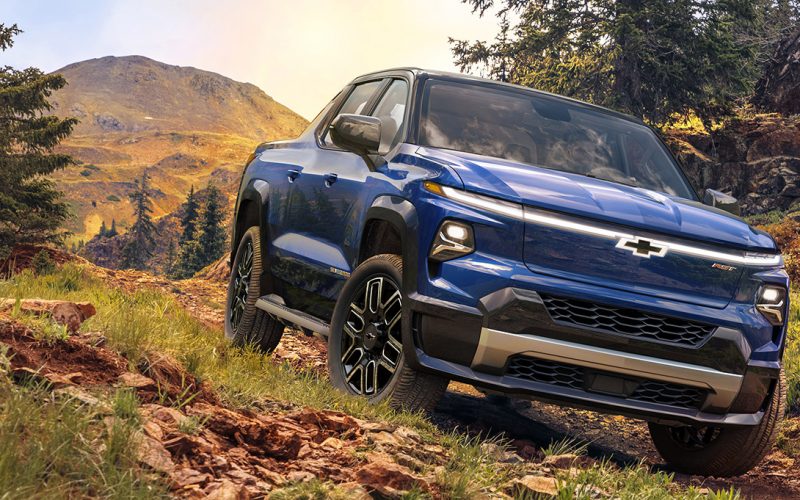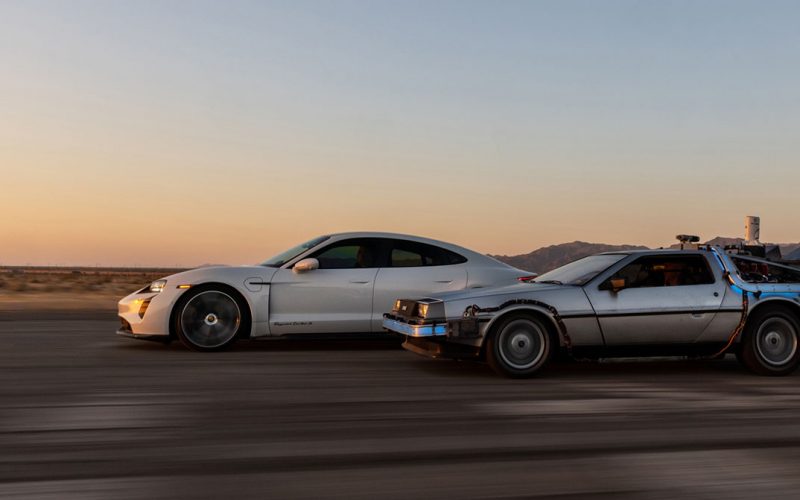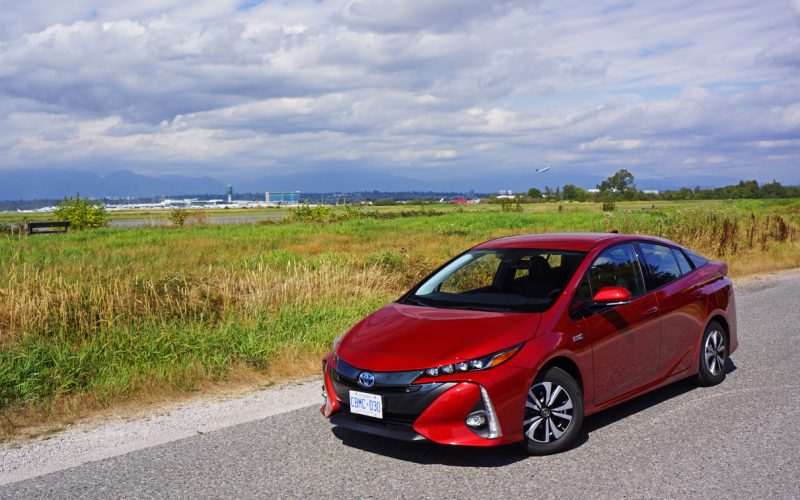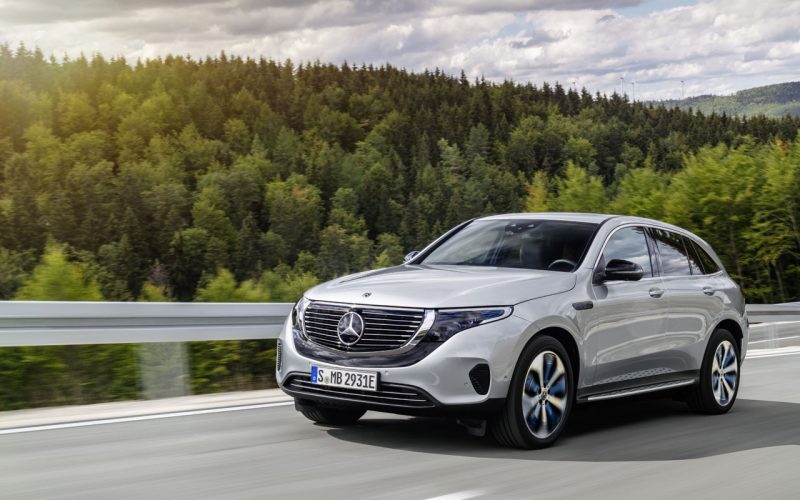
Reading Time: 7 minutesWith an estimated 200,000-plus F-150 Lightning orders in the books, Ford has clearly shown the market

Reading Time: 3 minutesThe future is here, or at least Porsche wants us to know they’ve got our electric

Reading Time: 10 minutesWell, I’ve done my cursory scan of Toyota Canada dealer websites, and yes in fact there

Reading Time: 9 minutesWith Tesla hemorrhaging from its inability to hit Model 3 build targets (have you noticed the
© 2025 The Car Magazine. All Rights Reserved, Privacy Policy | Terms of Use